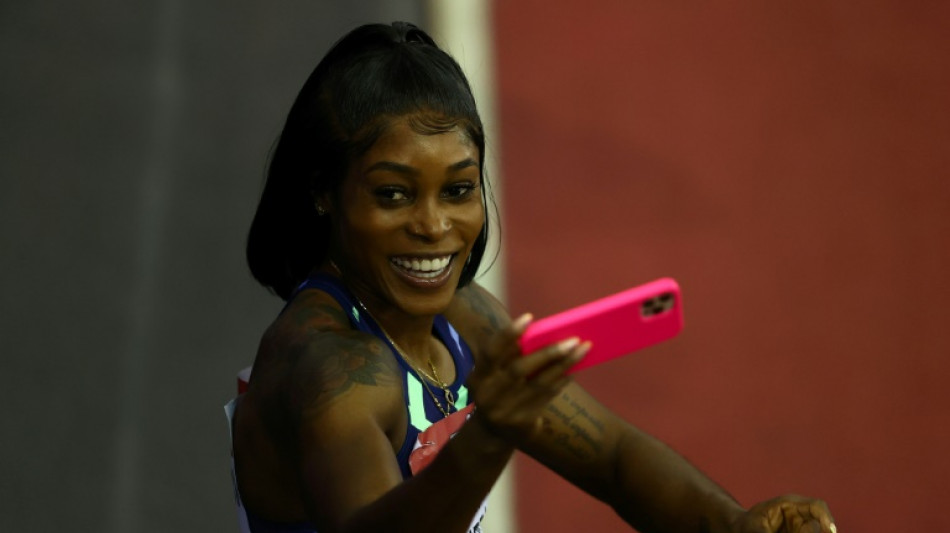

Coe says gender parity in sight for athletics but dropout rate a concern
The sport of athletics is moving towards gender parity at its highest executive level but needs to ensure women stay in the sport beyond 18, World Athletics president Sebastian Coe says.
In an interview with a small group of reporters to mark International Women's Day on Tuesday, Coe said that at each election for a federation or area association "we see more women coming into the sport in senior positions".
Kicking off a week of initiatives to celebrate female athletes and their role models under the hashtag #BreakTheBias, Coe said the number one Olympic sport was aiming for a 50-50 male-female split on its decision-making World Athletics Council by 2027.
The percentage is currently 30 percent and the target of 40 percent should be reached in elections next year.
World Athletics have also revamped championship timetables to highlight women's events and this year's World Championships in Oregon will end with the women's 4x400m relay for the first time in its history.
A clutch of female stars including double Olympic sprint champion Elaine Thompson-Herah of Jamaica, 400m hurdles world record holder Sydney McLaughlin of the US and distance specialist Sifan Hassan from the Netherlands are spearheading the elite end of the sport.
Yet Coe is concerned by the number of women dropping out of athletics once they reach adulthood.
"If you speak to most coaches in the system, or any federation, the biggest attrition in our sport is between 18 and 21," Coe said.
"Any coach will tell you that is probably the toughest coaching challenge, to take a good athlete from the upper echelons of the junior ranks into the senior ranks."
- 'Friends don't understand' -
The reality, Coe said, was that the majority of athletes who win medals at world junior championships do not even go on to compete in world championships at senior level.
"Often they are not actually getting into the upper echelons of the sport, they are calling it a day for all sorts of reasons," he said.
"It may be professional pressures on them... they just won't have enough time, or in some hard-pressed communities, they may be breadwinners in a family."
Coe said when he visits athletics clubs around the world, young women tell him that peer pressure is a major obstacle to them continuing in the sport.
"Sometimes you get the feeling that their friends don't quite understand the commitment and time they are devoting to it," he said.
Coe said he was determined to break down the barriers to female participation at all levels of athletics.
Crucial to that aim was World Athletics' Gender Leadership Taskforce, chaired by former US sprint hurdler Stephanie Hightower, which was "trying to understand a great deal more of what we can do".
One potential barrier to women's participation is that they must feel safe while training and competing.
That issue was put into stark focus by the harsh treatment of 15-year-old Russian figure skating prodigy Kamila Valieva at the hands of her coaches at the Beijing Winter Olympics last month.
"It is absolutely vital that we do everything we possibly can in this area," Coe said.
"In simple terms, by 2023 we want every member federation in the world to have an appropriate safeguarding policy, clearly in line with law enforcement agencies in their own countries."
Coe was speaking from the World Athletics Race Walking Team Championships in Muscat, Oman where 17-year-old Ukrainian athlete Valeriya Sholomitska finished fourth in the women's under-20 10km event.
"Given the emotional turmoil she must be in, she competed with real credit," Coe said.
"The athletes are shocked. Many of them are going back to their hotel rooms and watching 24-hour rolling news coverage (of the conflict)."
(N.Lambert--LPdF)




